|
|
Below Volvo Tundra
|
|
|
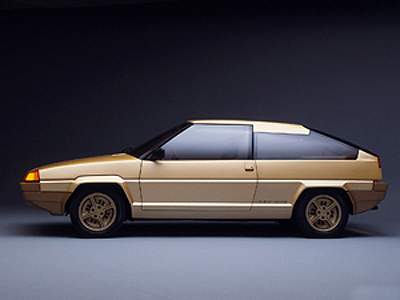
|
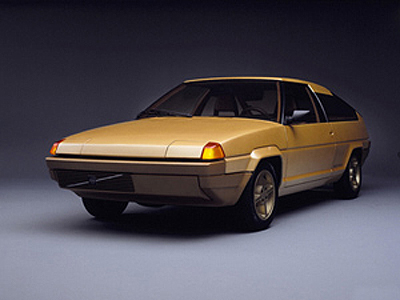
|
|
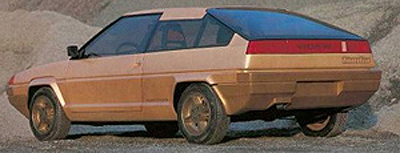
|
|
|
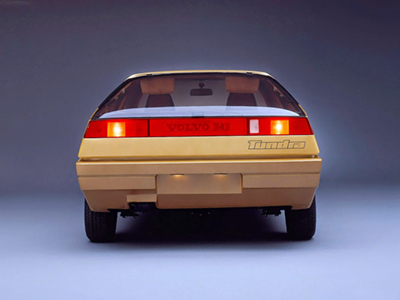
|
 |
|
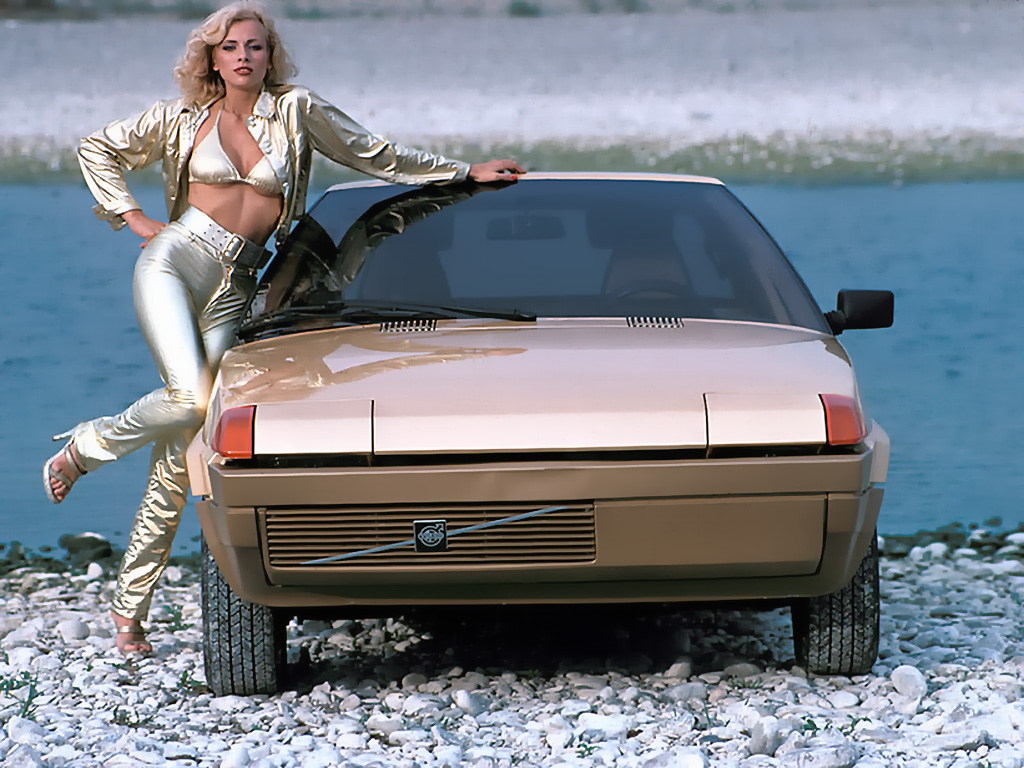
|

|
|

|
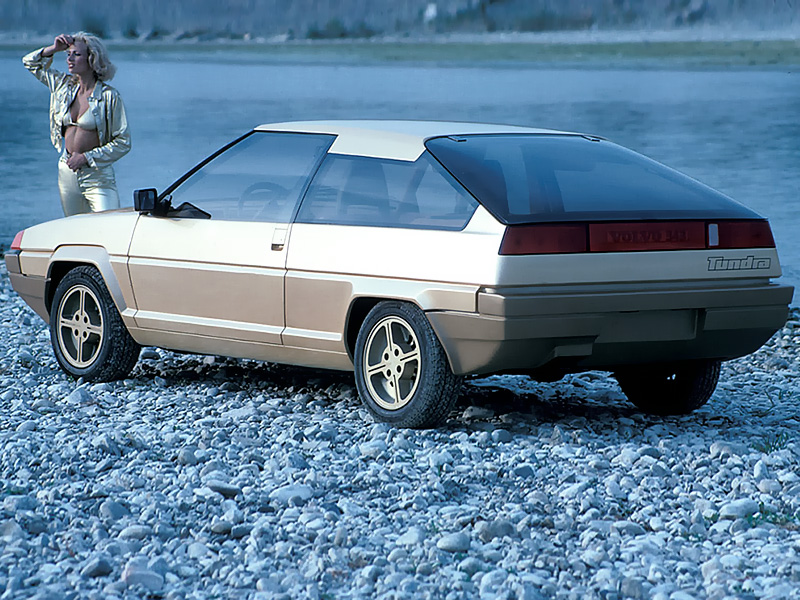
|
|
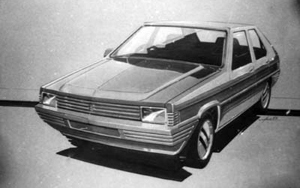
|
|
|
Reliant FW11 prototype
above, above
right, below
and below right.
Although the frontal treatment of the FW11
was unlike that of the BX, the profile and
rear (see blue car below) are very close to
that of the BX.
|
|
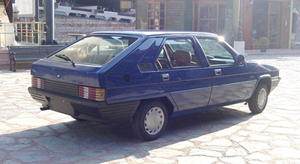
|
|
|
Below also from 1979
Bertone's proposal for the Fiat X1/10
|
|

|
|
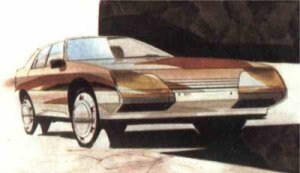
|
 |
|

|
Above left,
above right
and left
design sketches
|
|
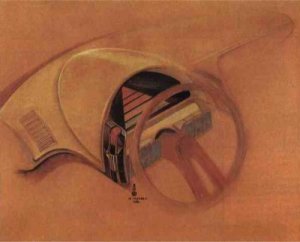
|
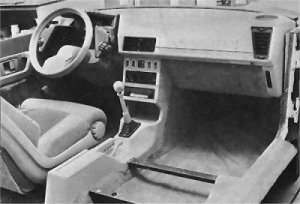 |
|
Four dashboard proposals -
the picture bottom right shows a layout
that is very close to the definitive one
that went into production - with the
exception of the steering wheel radio
controls that first saw the light of day in
the 1989 XM.
|
|

|
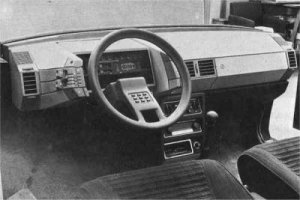 |
|
A three door break proposal
from Heuliez right
Below left and below
right a 1982 CitroŽn design team
proposal for a BX Coupť - some of the
styling elements were incorporated into the
design of the XM .
|
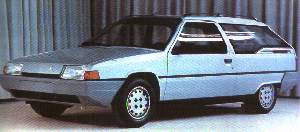 |
|

|
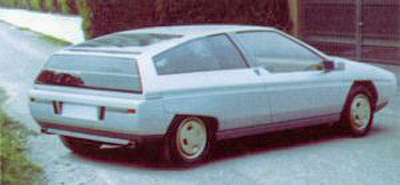 |
|
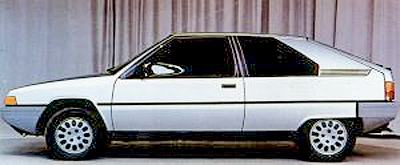
|
 |
|
Another pair of BX coupťs -
from the pens of Bertone, above left
and above
right and Heuliez below left
and below right
|
|
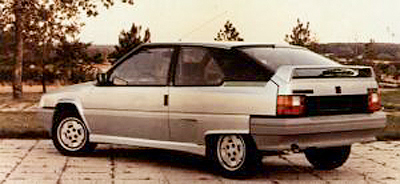
|
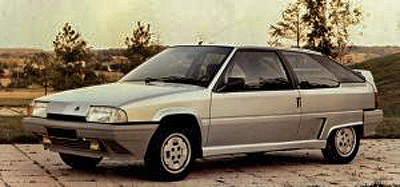 |
|
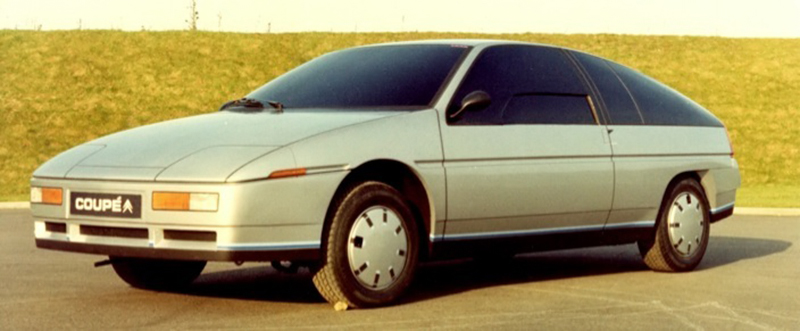
|
|
Above
and below
an Olsen project based on the BX platform. This
is a plaster model designed by Dave OíConnell
and had a Cd of 0.25.
|
|
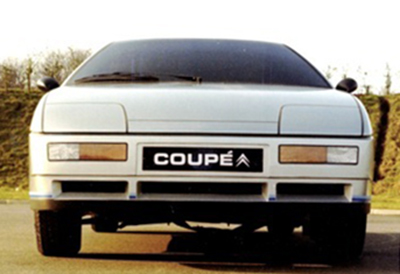
|
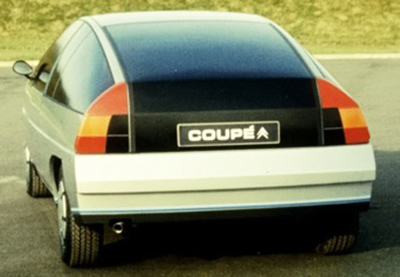
|
|
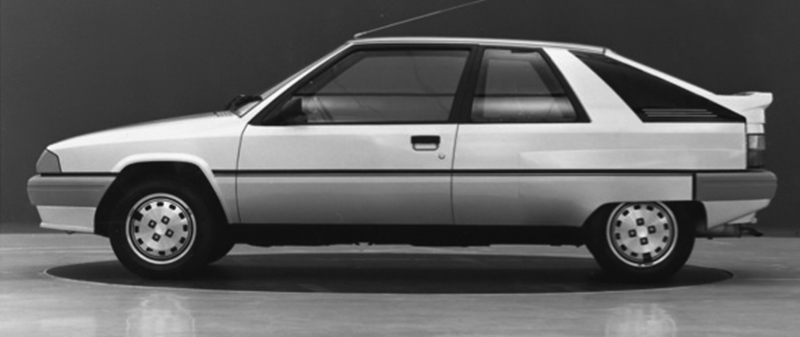
|
|
Above
and below
a pair of Olsen proposals for a BX coupť (the two sides of this
vehicle represent slightly different
versions)
|

|

|
|
Above
an Olsen proposal for a three box version of the
BX
|

|
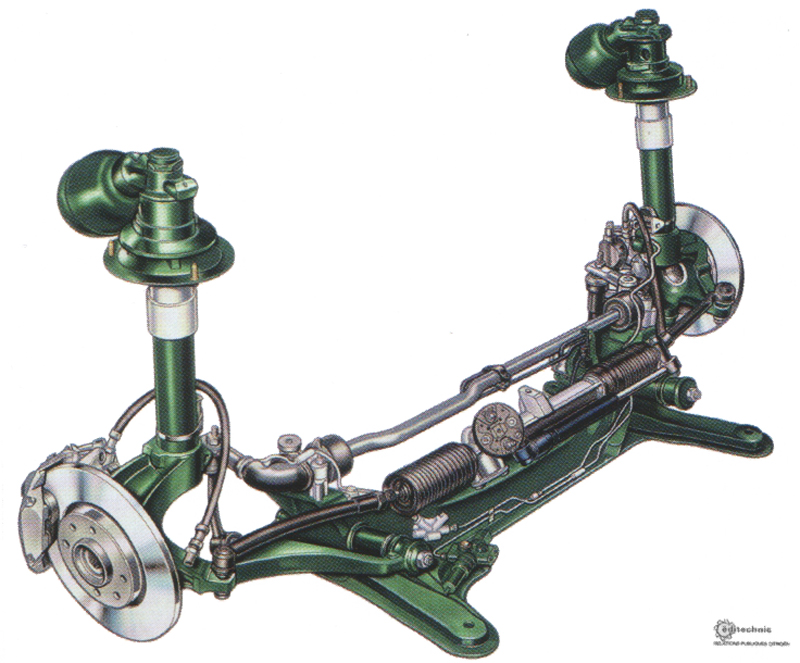
|
|
Above the
front suspension featured MacPherson struts
which use the axis of the hydropneumatic
telescopic strut as the upper steering
pivot. Thanks to its simplicity and low
manufacturing cost, it is a popular choice in
cars but the design has a number of
disadvantages in the quality of ride and the
handling of the car since it cannot allow
vertical movement of the wheel without some
degree of either camber angle change, sideways
movement, or both. It does not give as
good handling as a double wishbone suspension,
because it allows the engineers less freedom to
choose camber change and roll centre. The
BX was criticised for not providing as good a
ride as either the CX
or GS.
Furthermore it transmits noise and vibration
from the road directly into the body shell,
resulting in higher noise levels and a "harsh"
feeling to the ride compared with double
wishbones.
Below the rear suspension was
based on that of the GS,
albeit re-engineered to make it lighter and to
allow easier access to the suspension spheres
for maintenance.
|

|
|
A special thanks to Olivier
Guin/Car
Design Archives for the Fiat picture,
Declan Berridge and Keith Adams for some of
the other images on this page and to Dave
Poole for the pictures of the Reliant FW11
|